How to Tie a Slip Knot for Fishing
There are a few different types of slip knots for fishing, but the uni slip knot is one of the easiest terminal fishing knots to use when attaching a hook, swivel, or lure.
When to Use a Uni Fishing Slip Knot
When you need to tie a quick and easy terminal knot that you pass through the eye of your hook, the uni slip knot is a knot you may want to consider using. This knot can be used in place of a Palomar knot or clinch knot to attach a hook, lure, or swivel.
While it may be helpful to know that since a slip knot snugs all the way down to the eye of your hook or lure, it won't provide a lure or live bait with the same amount of movement that a loop knot would, the slip knot is still a good knot to practice when you are learning how to fish.
Steps to Tie a Slip Knot for Fishing
When you are ready to learn how to tie a slip knot for fishing, you will see that this knot is quick and easy to tie. All you have to do is follow the same basic steps as you would when tying a uni knot.
Follow these easy steps to learn how to tie a fishing slip knot:
- Pass the line through the eye of the hook, and then run it parallel to the main line, looping it back down to the eye again so that you create a loop.
- Wrap the tag end of the line upward inside of the loop you just created 3 to 6 times, depending on the thickness of line (make 5 to 6 wraps when using braided line that is smaller in diameter than monofilament or fluorocarbon).
- Pull the tag end tight to tighten the knot.
- Pull hard on the main line while also pulling on the lure or hook to snug the knot all the way down, and then trim the tag end.
Once you learn how to tie a knot like the slip knot or any other terminal knot, you can rig your own lines and head to your favorite local fishing spot.
KEEP LEARNING
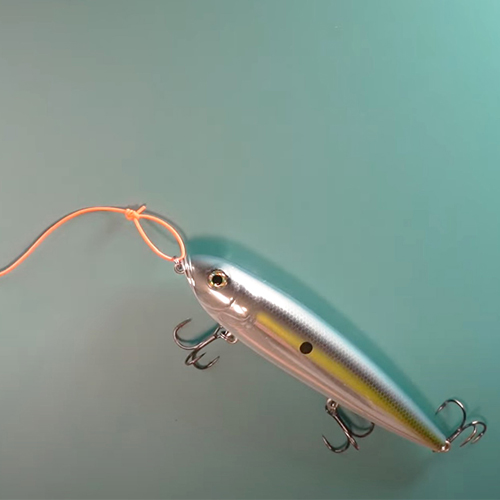
How to Tie the Non-Slip Loop Knot
The non-slip loop knot is a popular and reliable choice for securing hooks, lures, and other tackle to your fishing line.
LEARN MORE
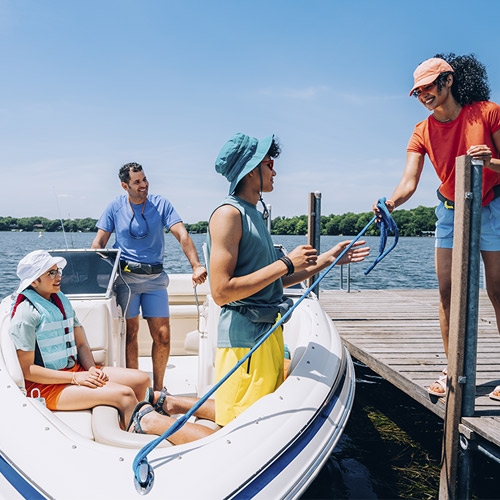
Socials
Take me fishing social media links
LEARN MORE
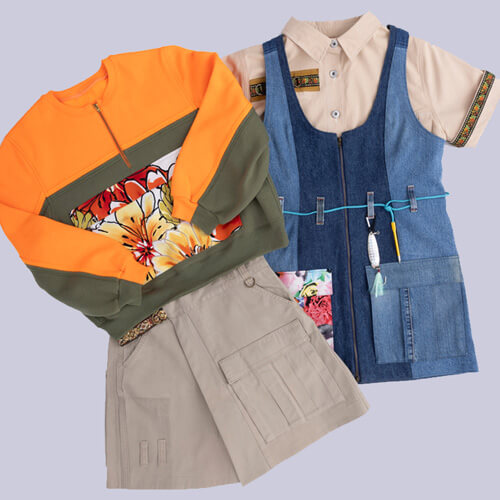
TakeMeFishing x Teen Vogue
Join us on a creative journey as fashion designer Ahmrii Johnson walks us through her collaborative vision and process with Teen Vogue and fashion brand, Rentrayage, to create a special piece.
LEARN MORE

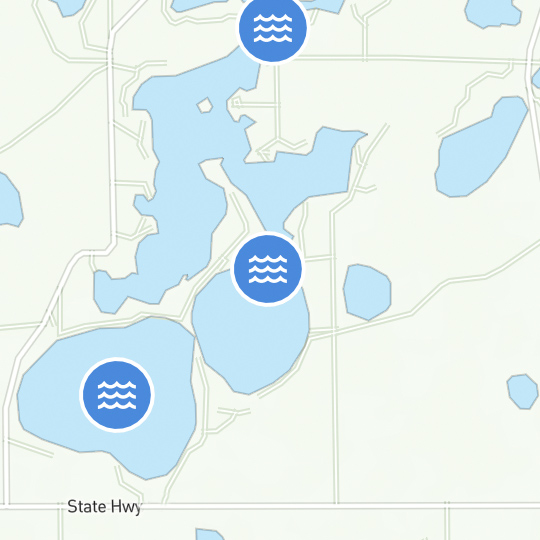
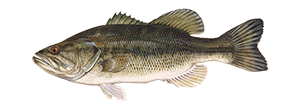.png?lang=en-US&ext=.png)